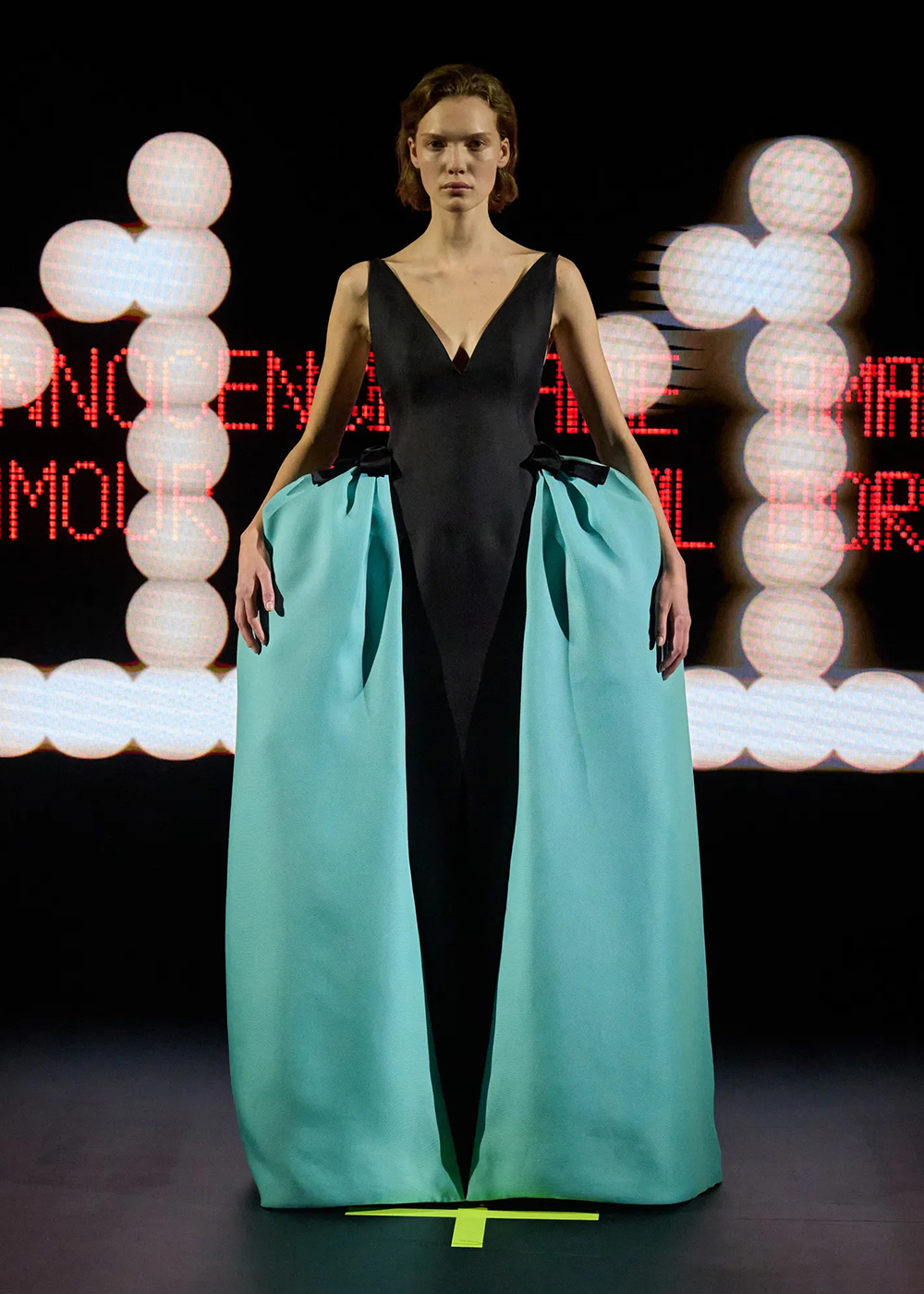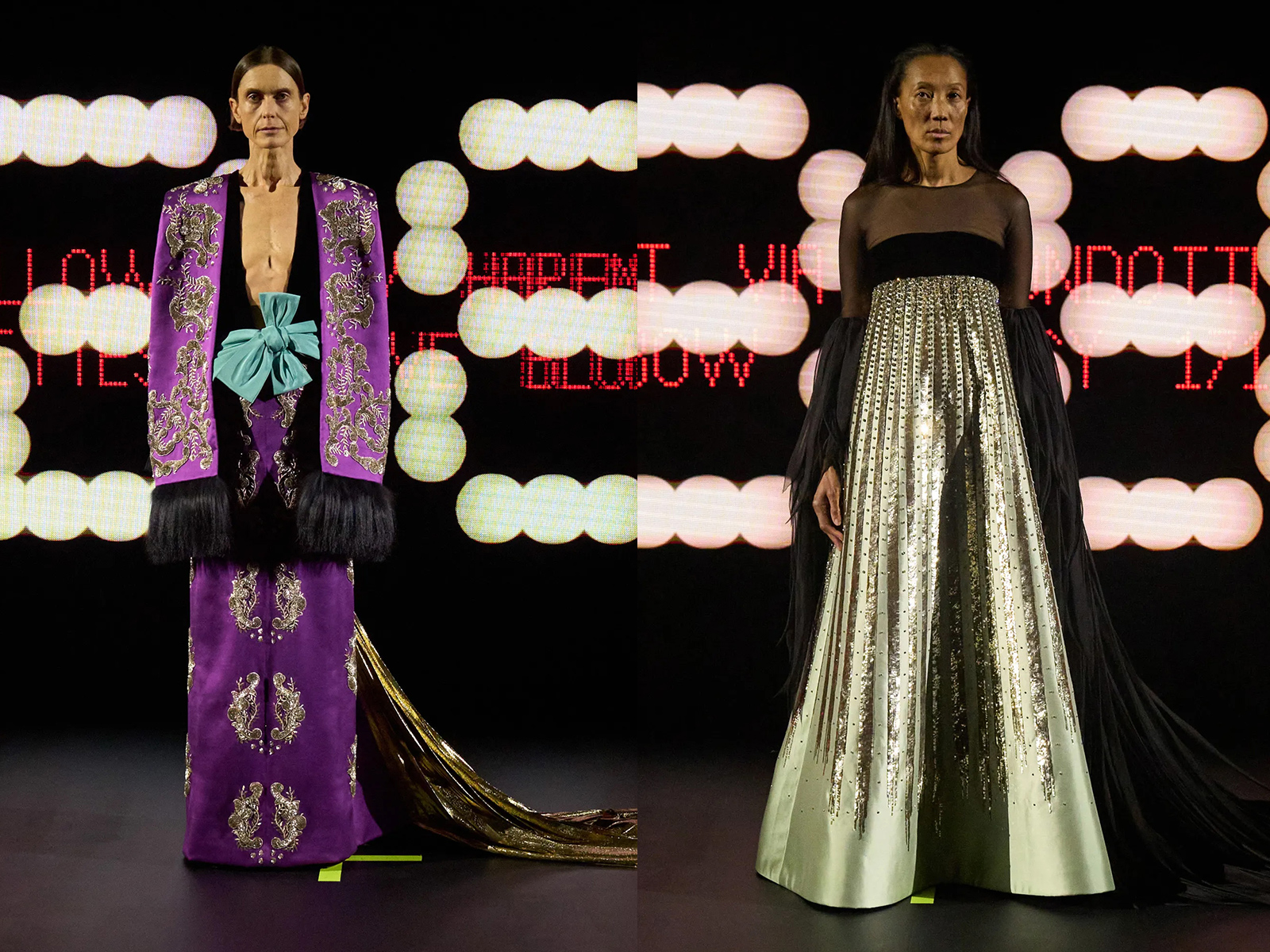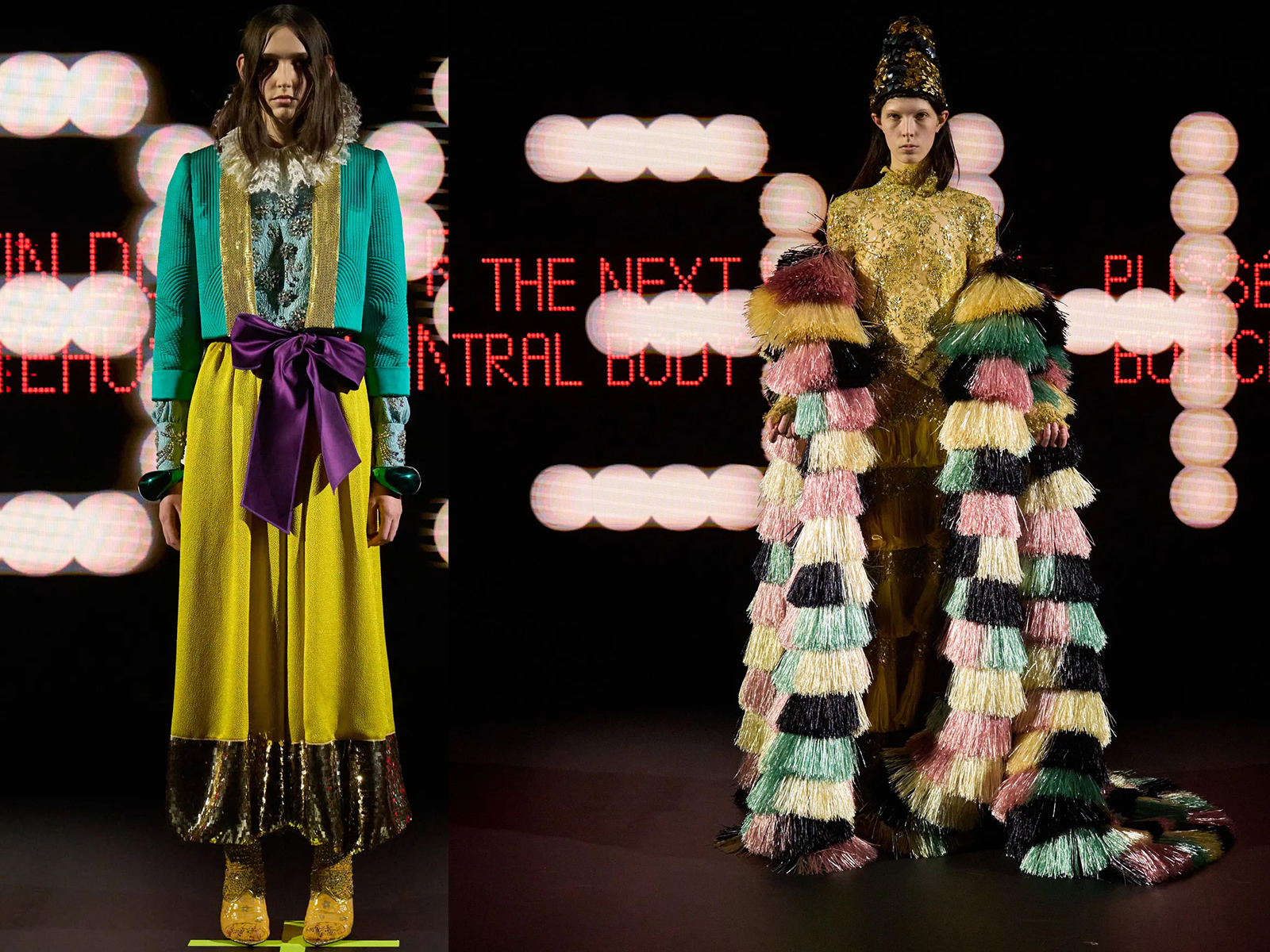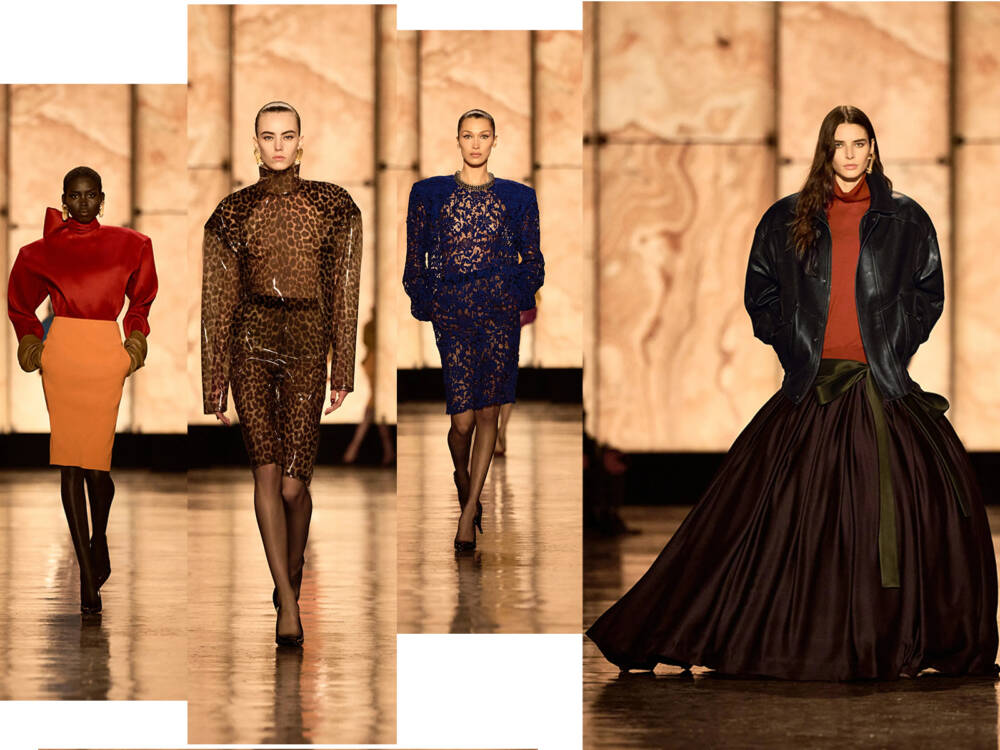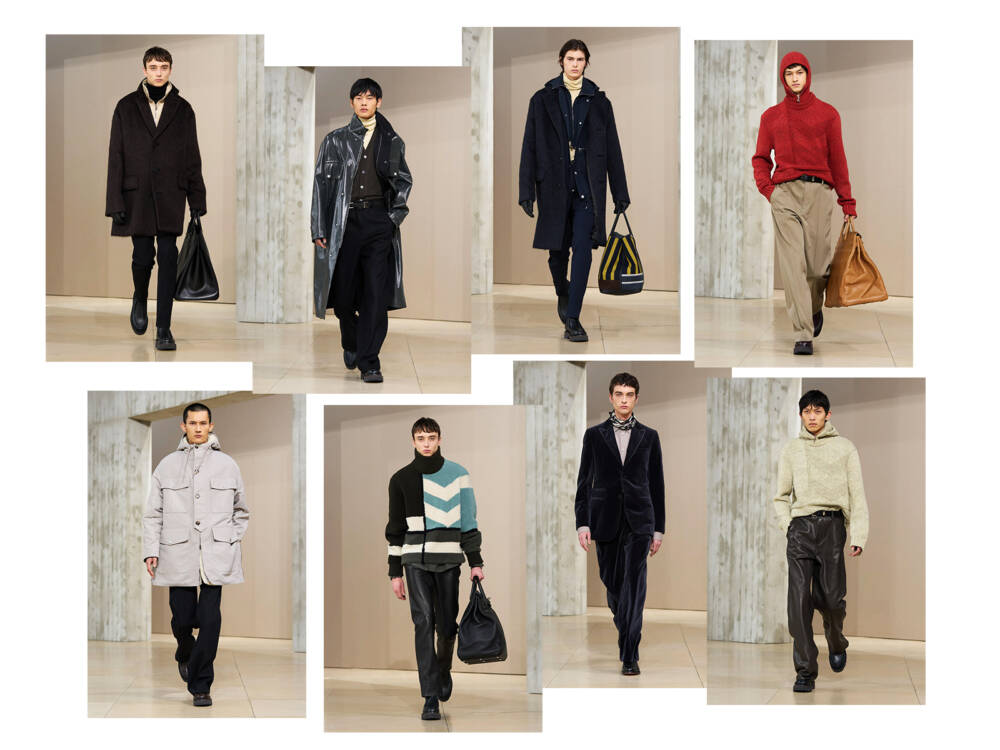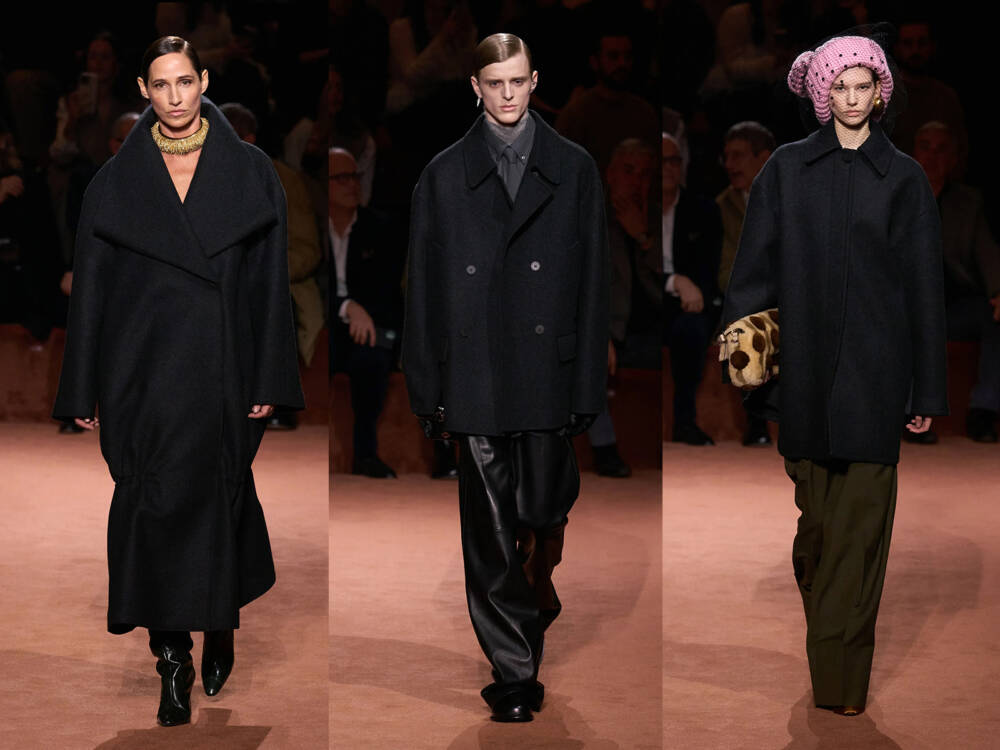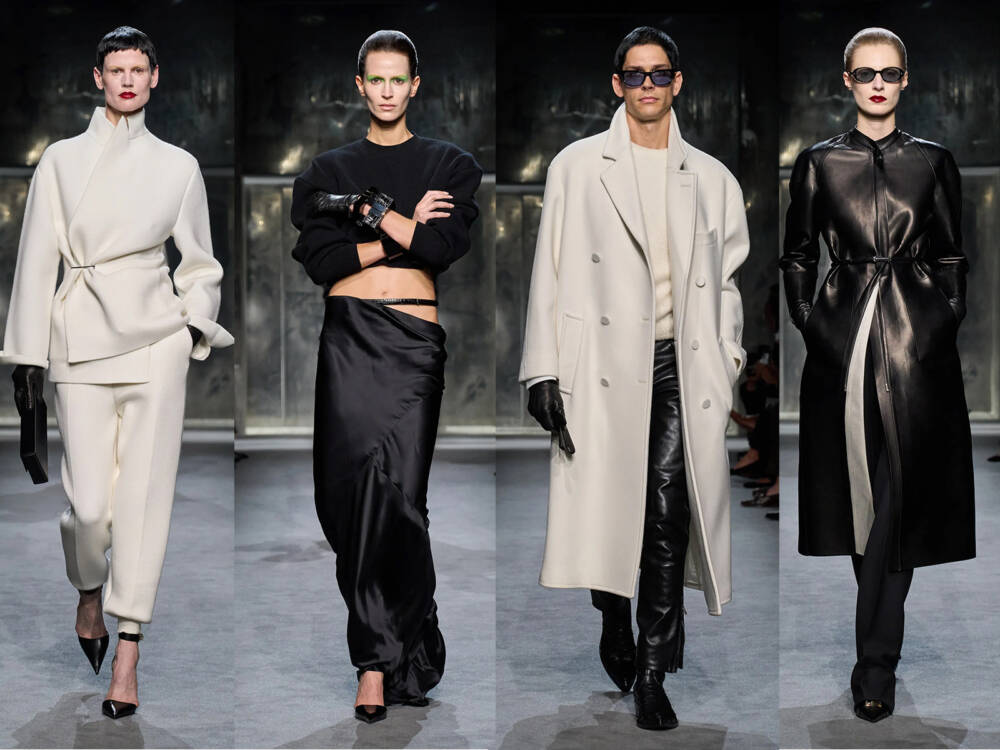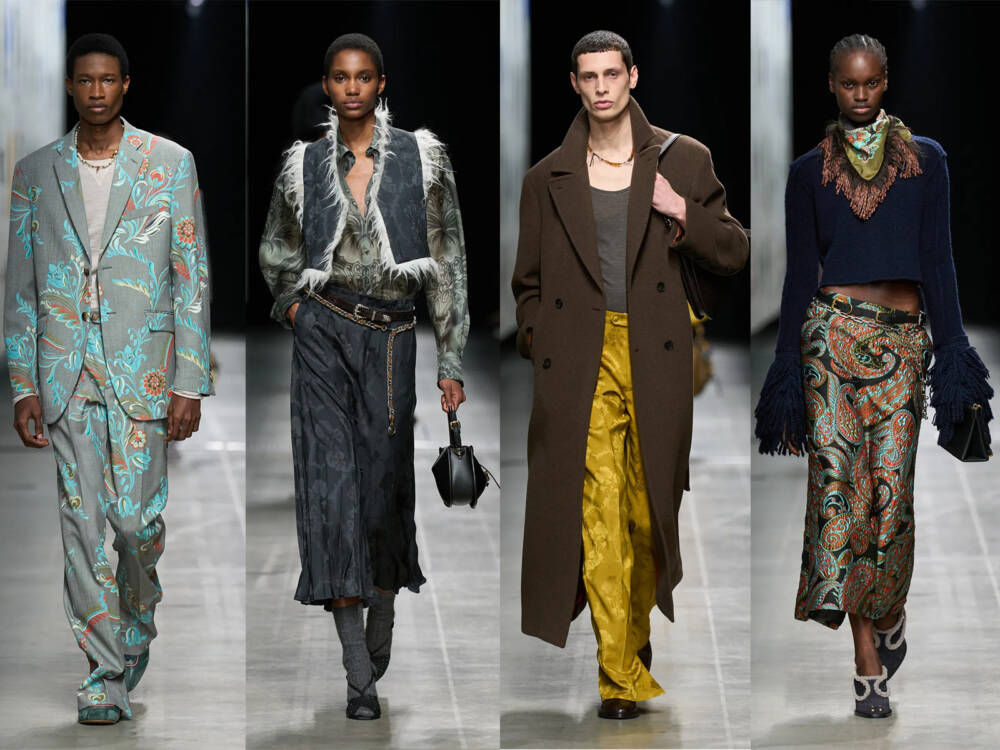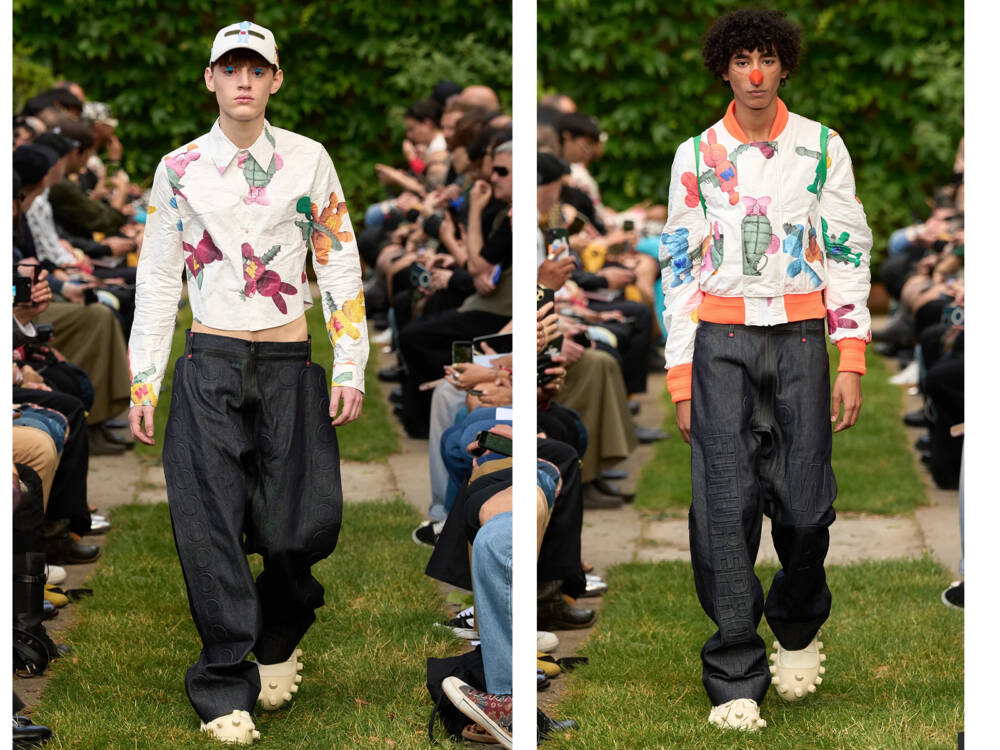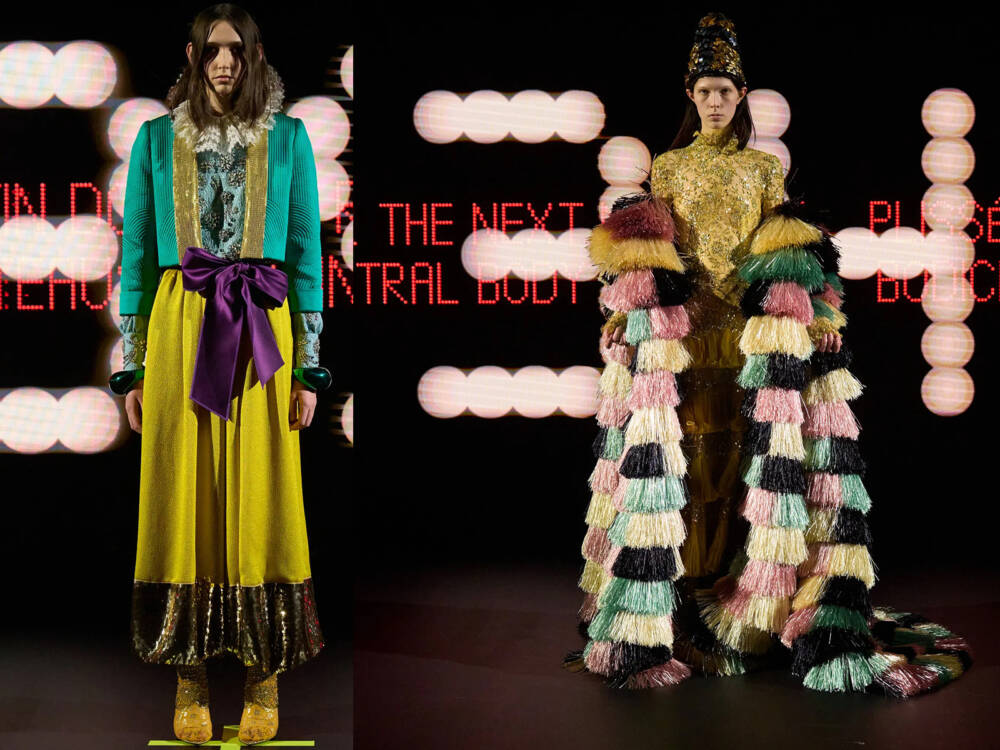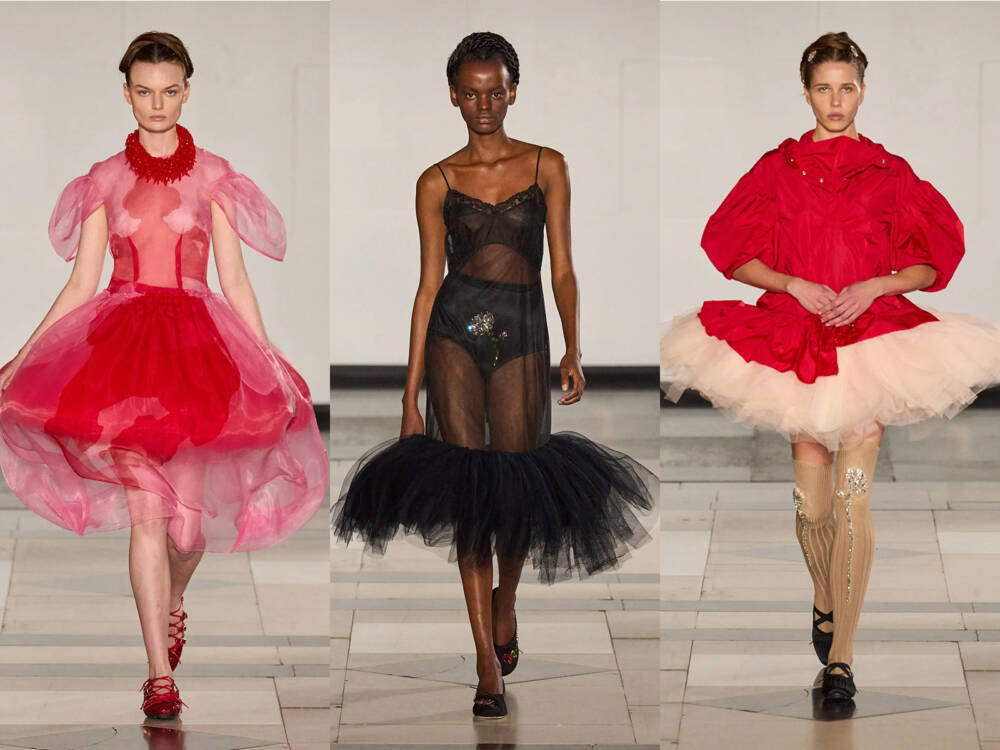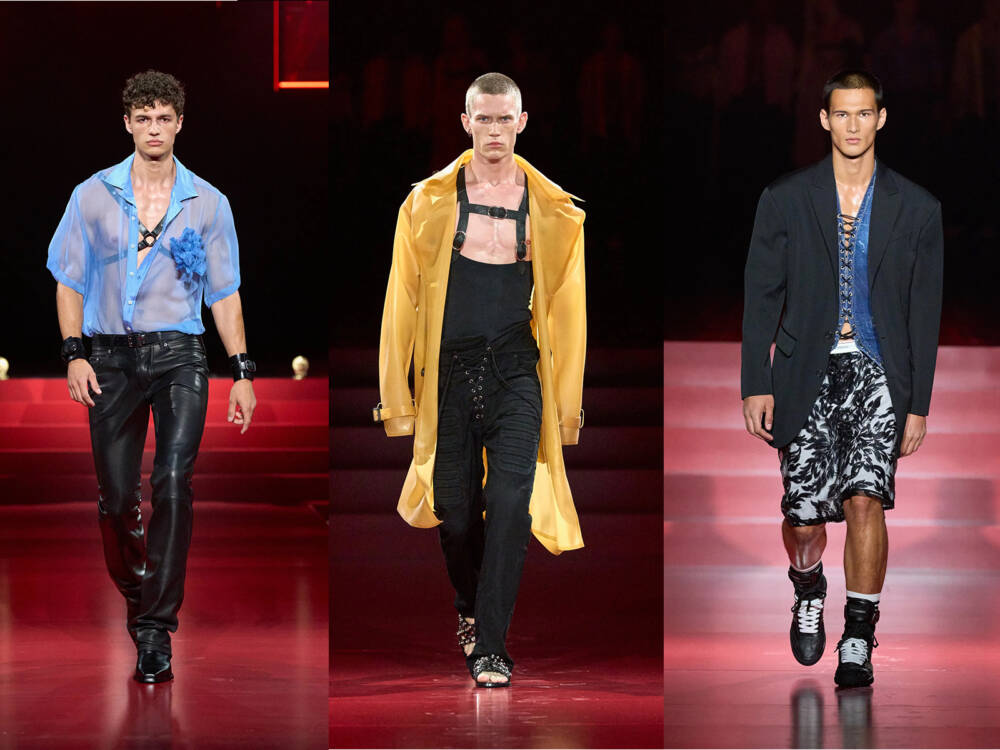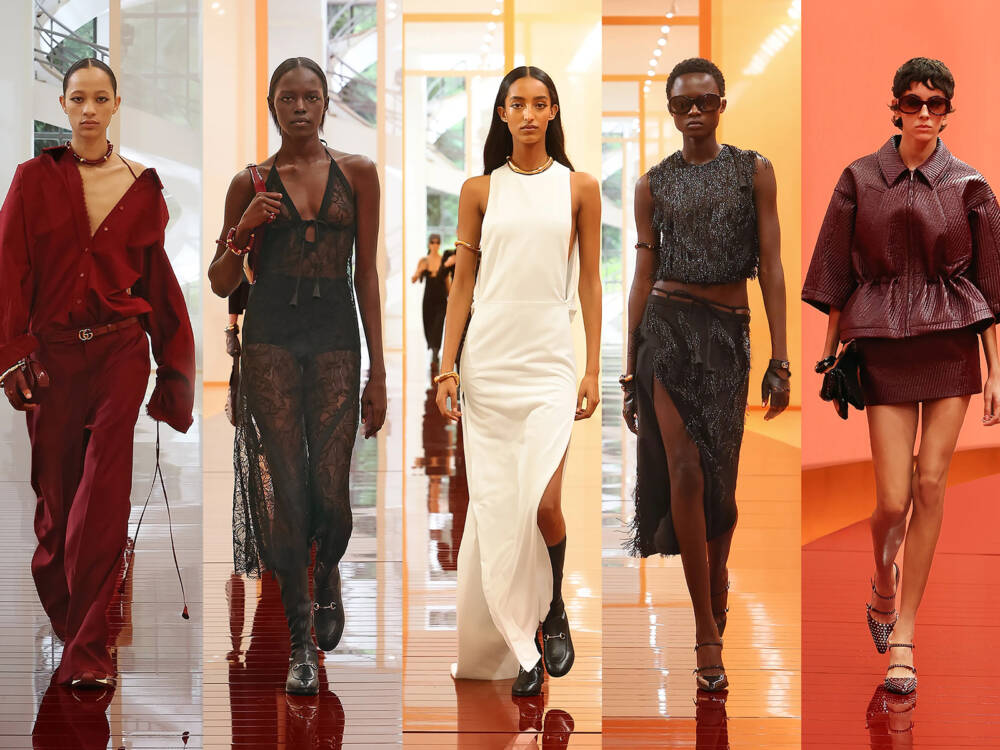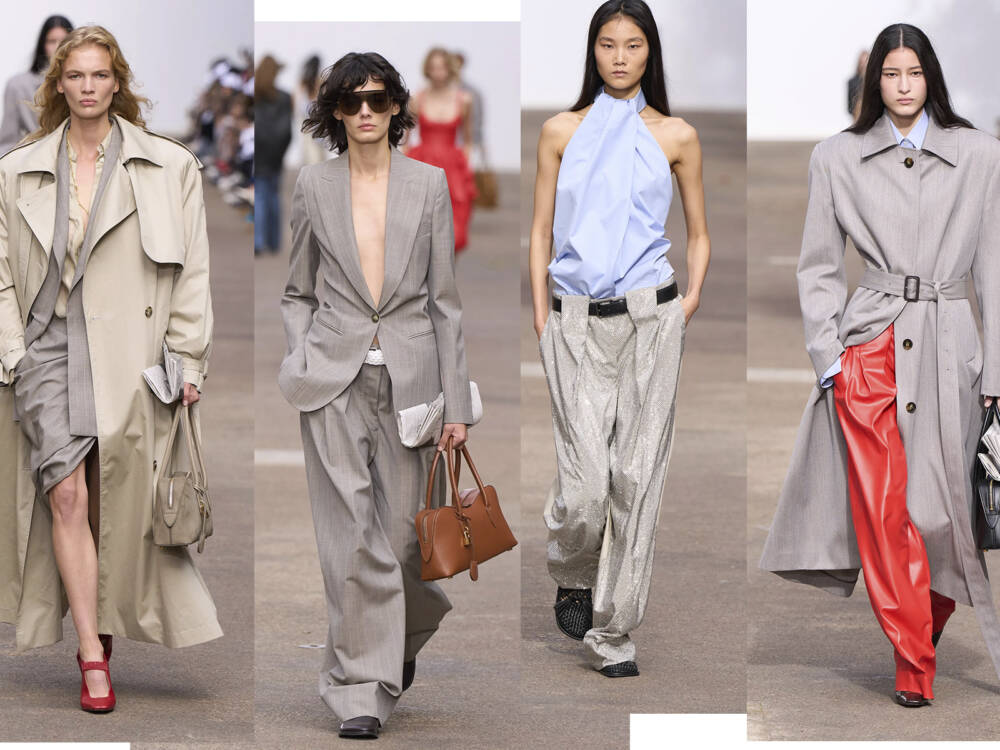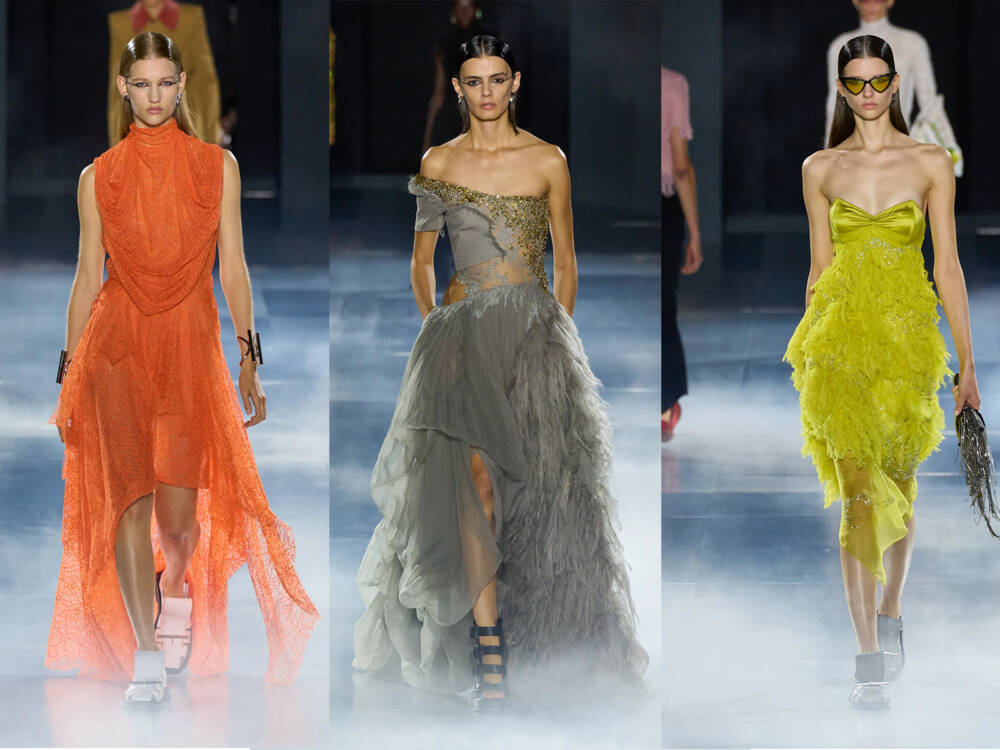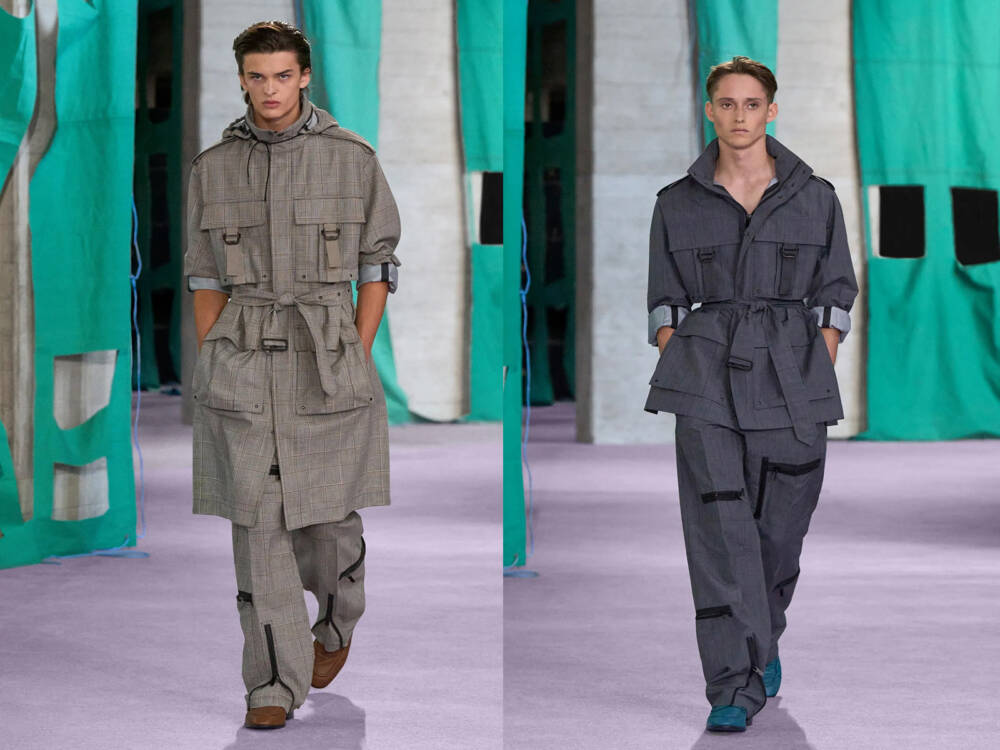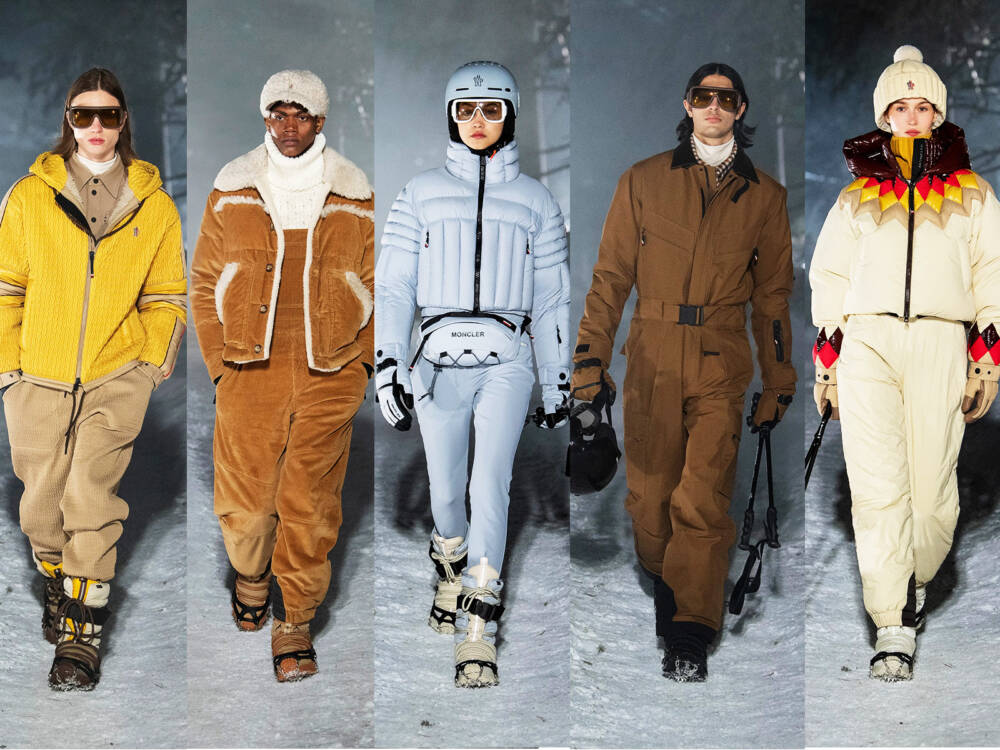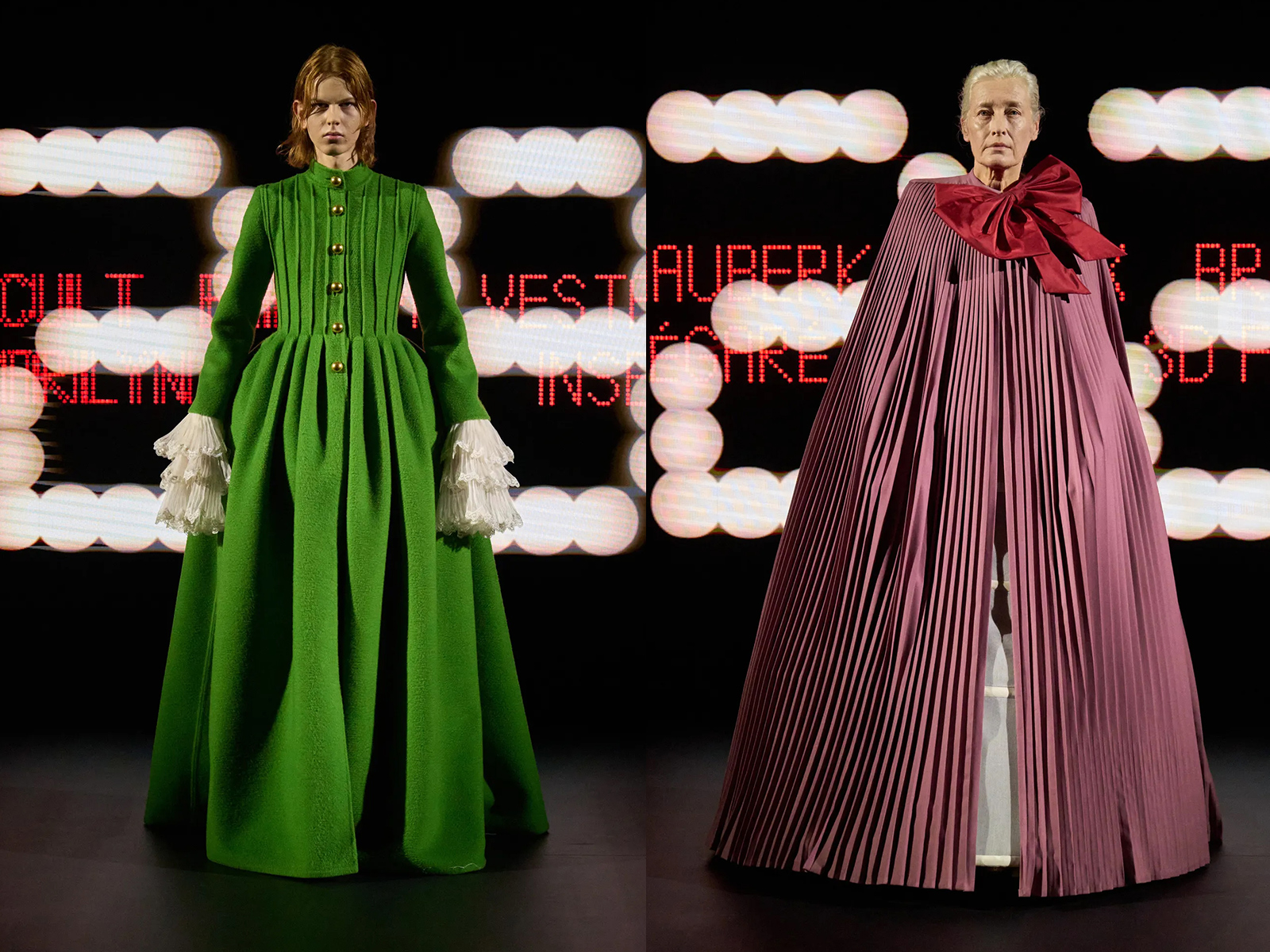
 Valentino Couture SS 25
Valentino Couture SS 25
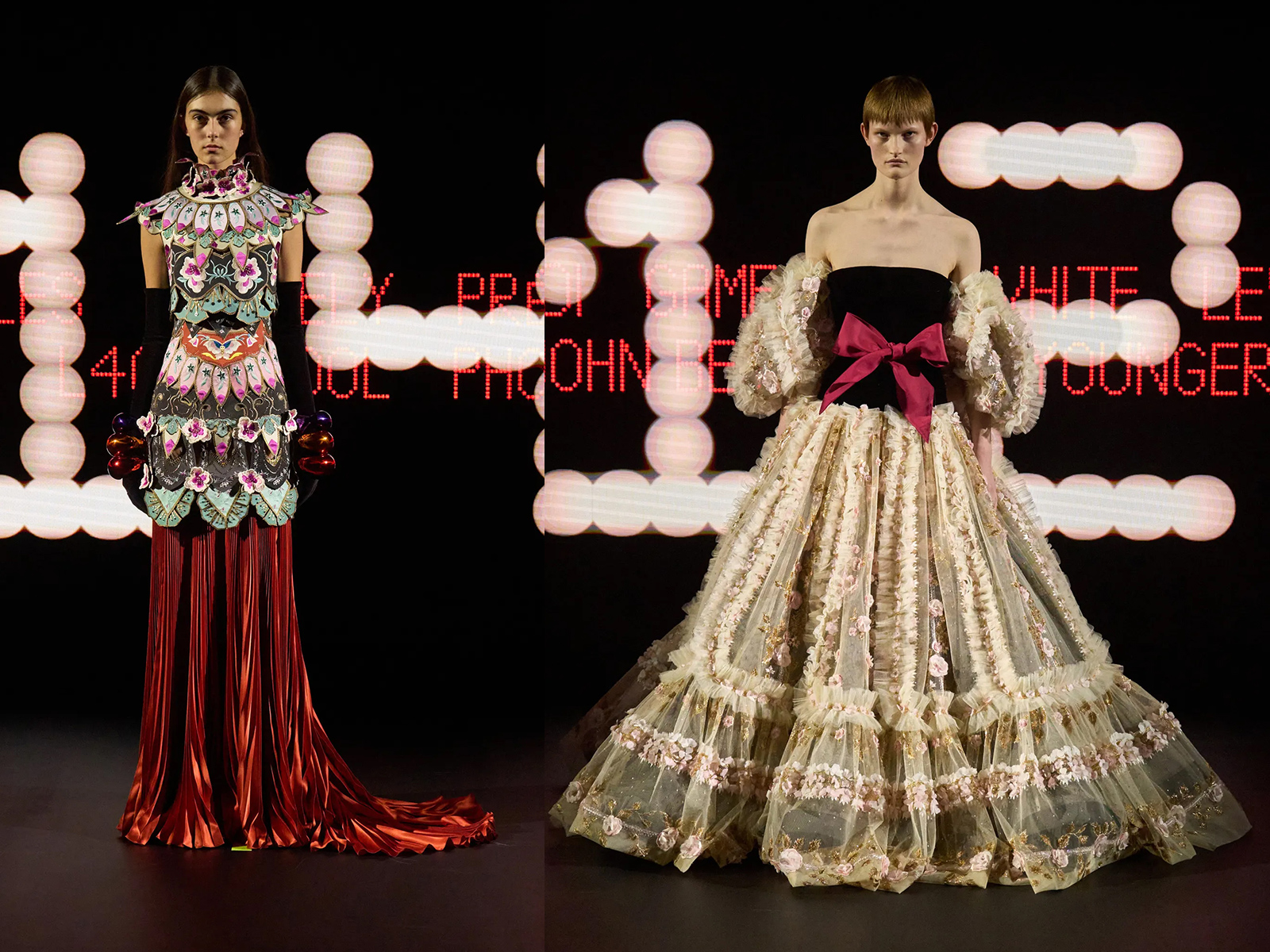

A Valentino show has always been a study in grandeur. Still, Alessandro Michele’s debut for the house was something else entirely—a cinematic hallucination, a fever dream stitched in silk and history. As 48 models sprinted across a darkened stage under strobe lights, their voluminous crinolines and capes caught mid-motion, the spectacle blurred the line between fashion and psychodrama. The audience, barely able to see its breath, erupted into stunned applause.
“I’ve been in the middle of a tornado,” Michele admitted in the quiet of the Valentino couture salon at Place Vendôme. “I went through many obsessions, an unbelievable list of things.” And so, his collection, aptly named Vertigineux—“dizzying” in French—became a love letter to the Valentino archive, Roman history, and the rich, surreal pageantry of Italian culture.
Michele’s casting reflected his deep reverence for history and timeless beauty. The runway spanned generations, with models ranging from teenage ingénues to legendary muses in their sixties and beyond, underscoring couture’s enduring relevance. These were not just models but characters—aristocrats, muses, and movie stars from a fantasy realm where Marie Antoinette rubs shoulders with a 1930s screen siren.
Hair was left loose and wild, caught mid-flight as the models dashed across the stage, evoking the spectral glamour of silent film heroines. Their faces, at times veiled or framed by intricate headdresses, added to the theatrical effect.
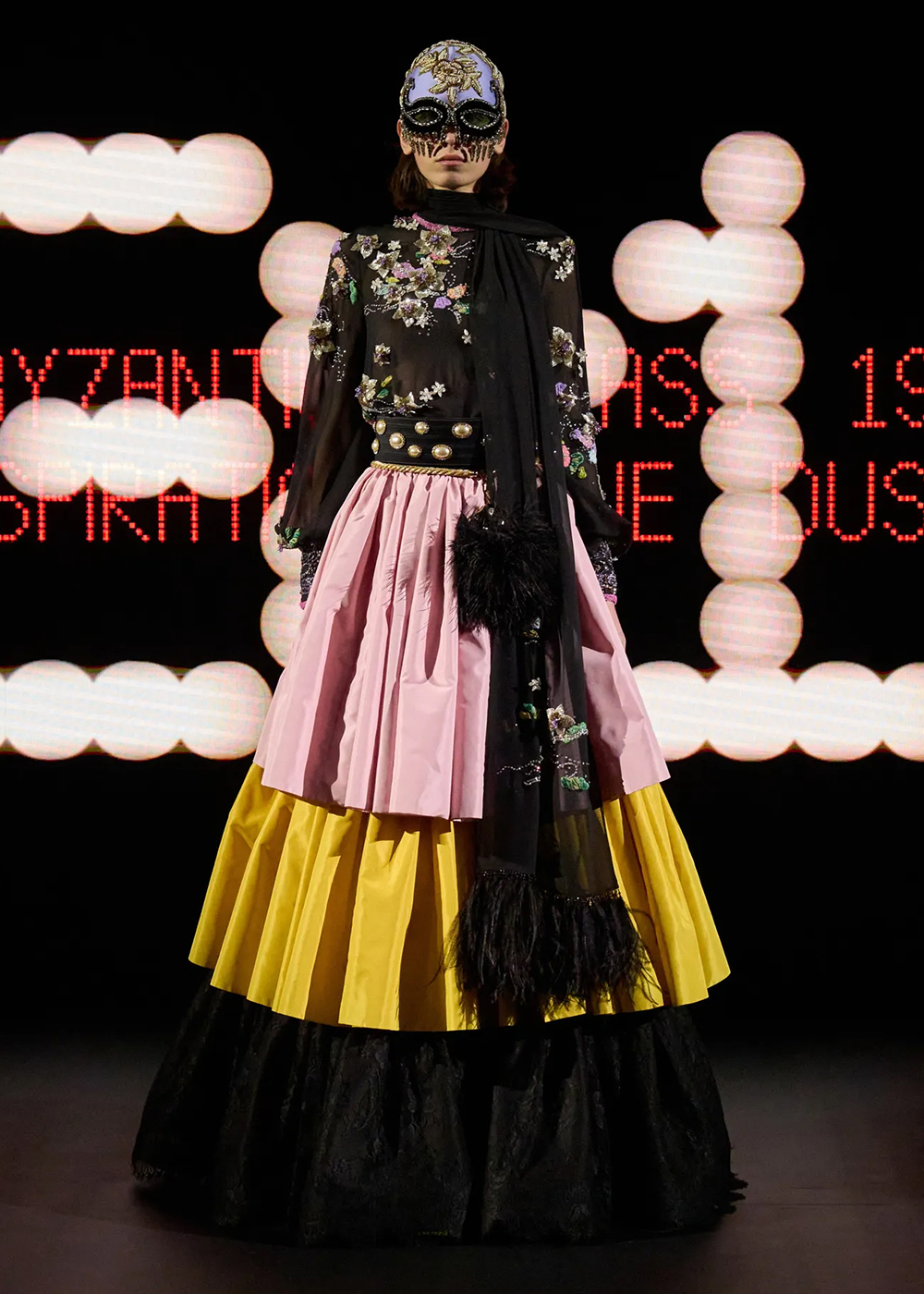

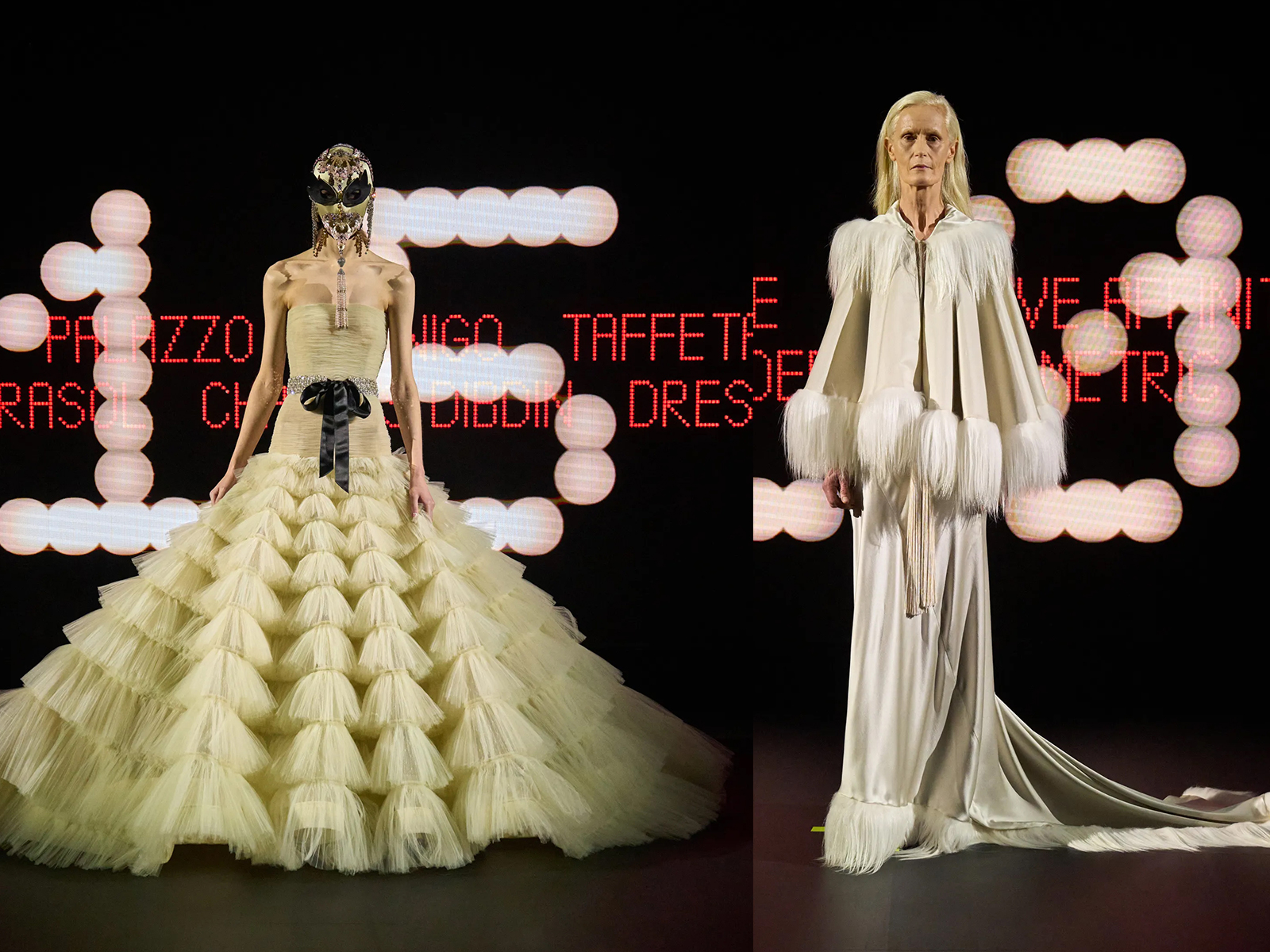

The show drew a constellation of fashion’s elite, Hollywood royalty, and European aristocracy. Cate Blanchett, an eternal Valentino muse, sat front row, mesmerized by the spectacle. Timothée Chalamet, swathed in embroidered velvet, leaned forward as if watching a particularly riveting scene unfold. Florence Pugh, ever the risk-taker, whispered excitedly to Zendaya, whose Valentino-red gown seemed a nod to the Maison’s iconic hue. And then there was Tilda Swinton, impassive yet utterly absorbed, embodying the very essence of Michele’s aesthetic—ethereal, intellectual, and otherworldly.
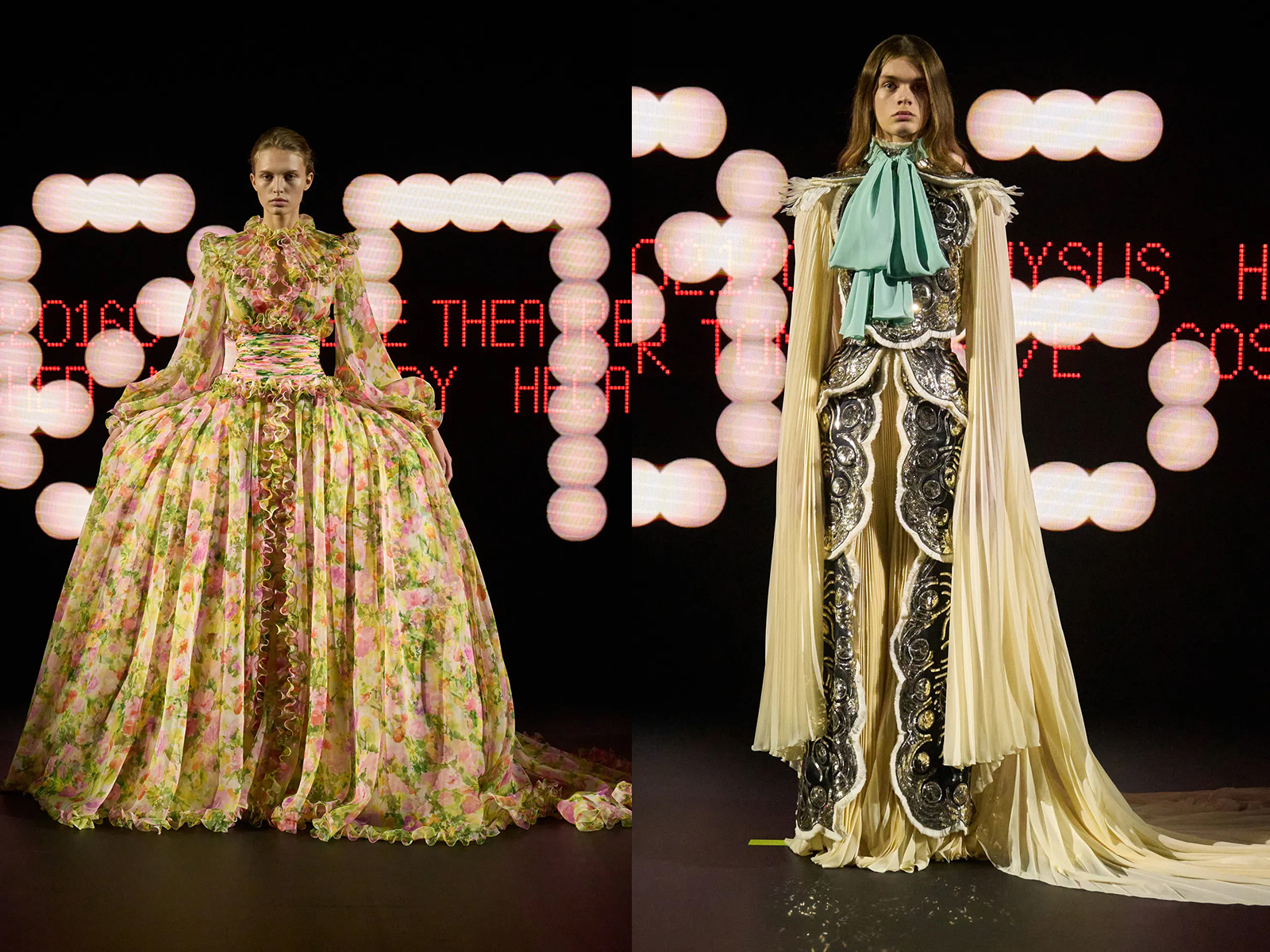

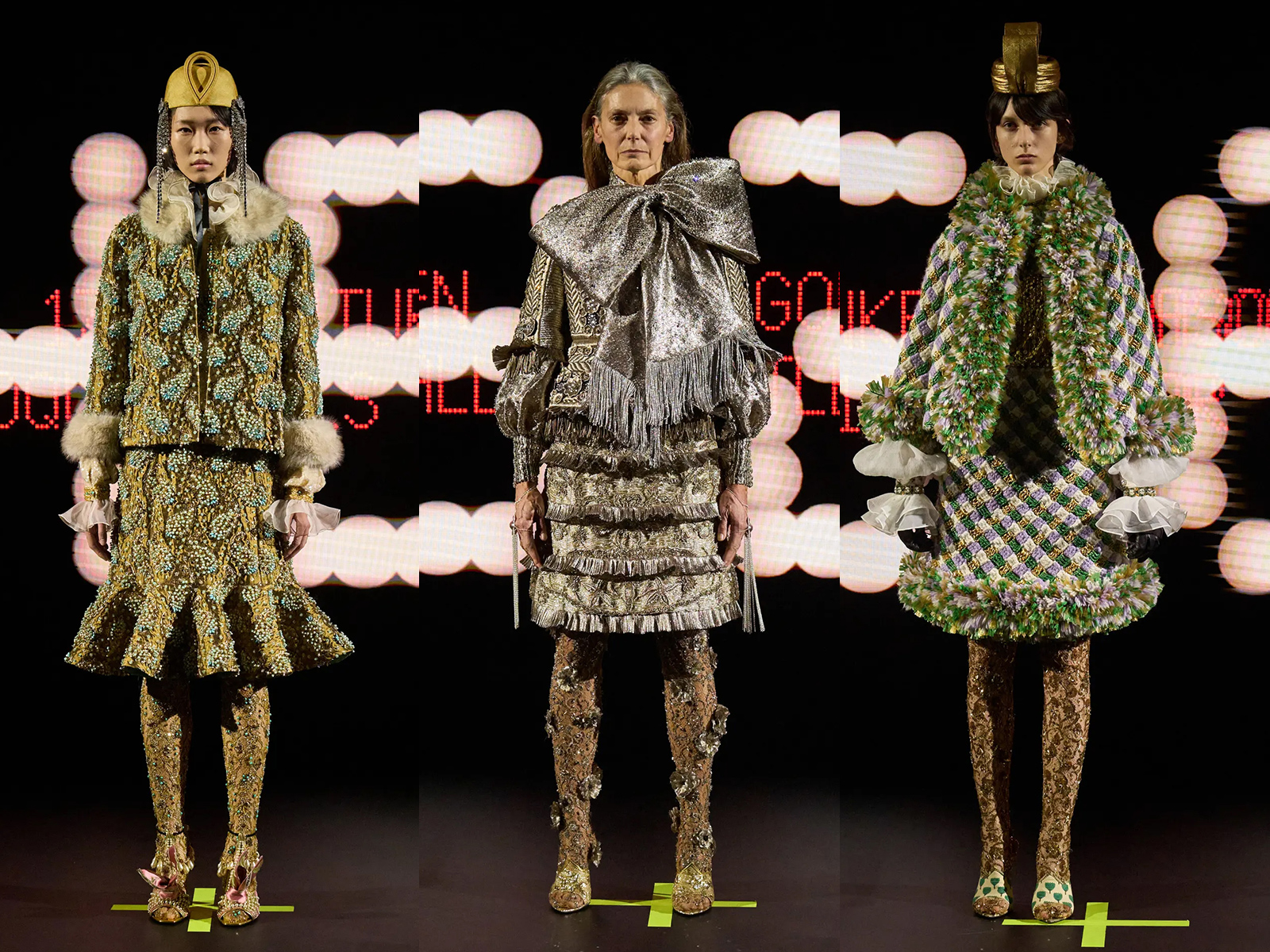

Michele’s take on haute couture was nothing short of maximalist, with each look carrying layers of references—Venetian carnivals, medieval vestments, and the golden age of Hollywood. Traditional Valentino codes were there—the impeccable embroidery, the extravagant bows, the ethereal pleating—but everything was dialed up to an almost surreal level.
One gown, an explosion of scarlet moiré, reinterpreted the robes of Catholic cardinals with unapologetic drama. Another turned Valentino’s signature red into a voluminous crinoline topped with a sculptural bolero, its silhouette teetering between 18th-century Versailles and midcentury couture. Dress 12, My Mother, was a tribute to Michele’s upbringing in Rome’s film industry—its draped velvet and pearl embroidery evoking the bygone elegance of Cinecittà.
A standout moment? The breathtaking finale dress, a cascade of sheer organza ruffles, embroidered with gold thread in a pattern resembling cracked frescoes—an ode to Rome itself, eternal in its beauty, even in decay.
Michele’s Valentino is not about restraint. It is about excess, nostalgia, and the intoxicating allure of history rewritten through fabric. “I’m not a couturier,” he said. “I think about myself as a guy with a lot of imagination.” And what an imagination it is.
As guests spilled into the Parisian night, still trembling from the spectacle, one thing was certain: haute couture had just been redefined. Valentino.
